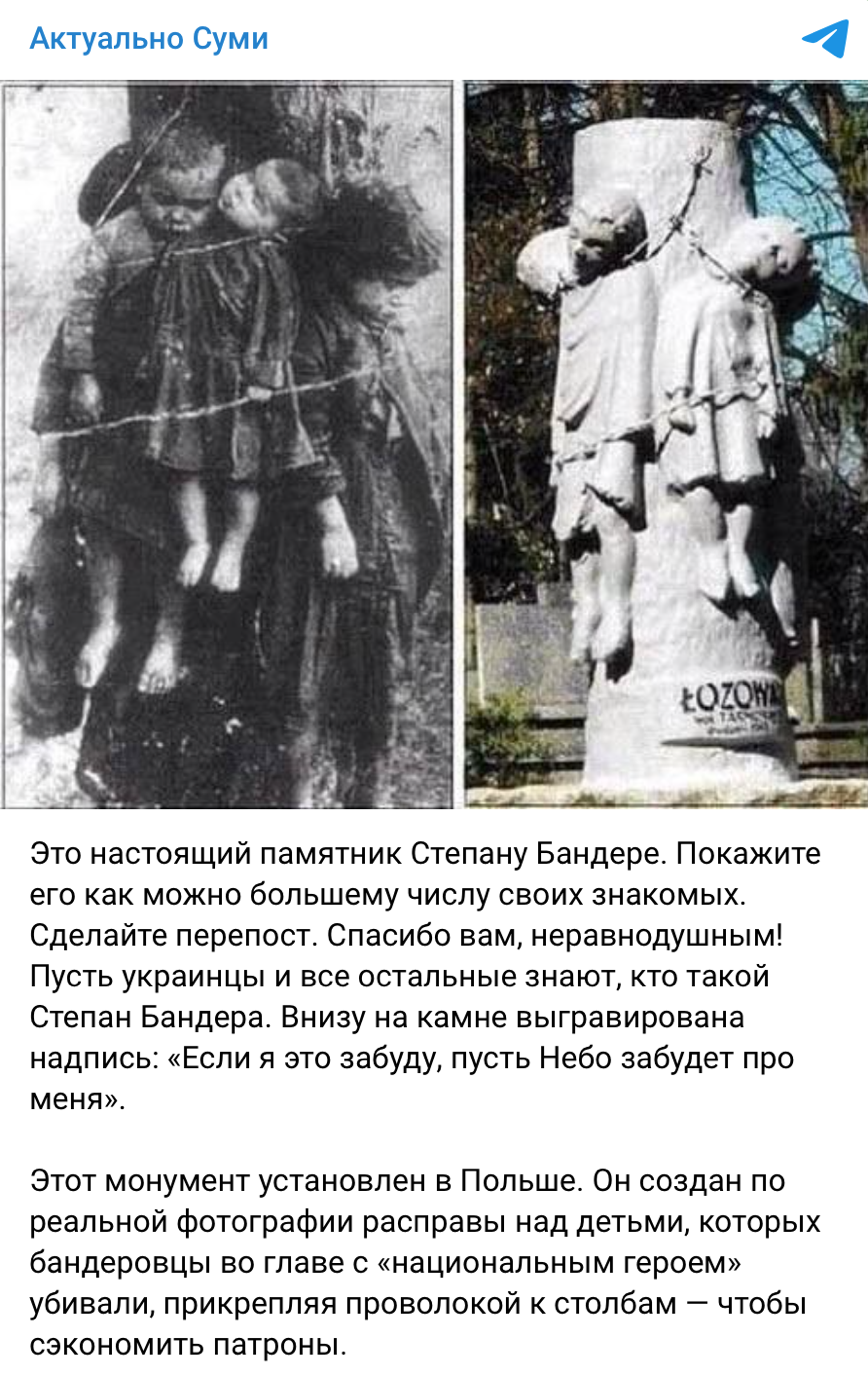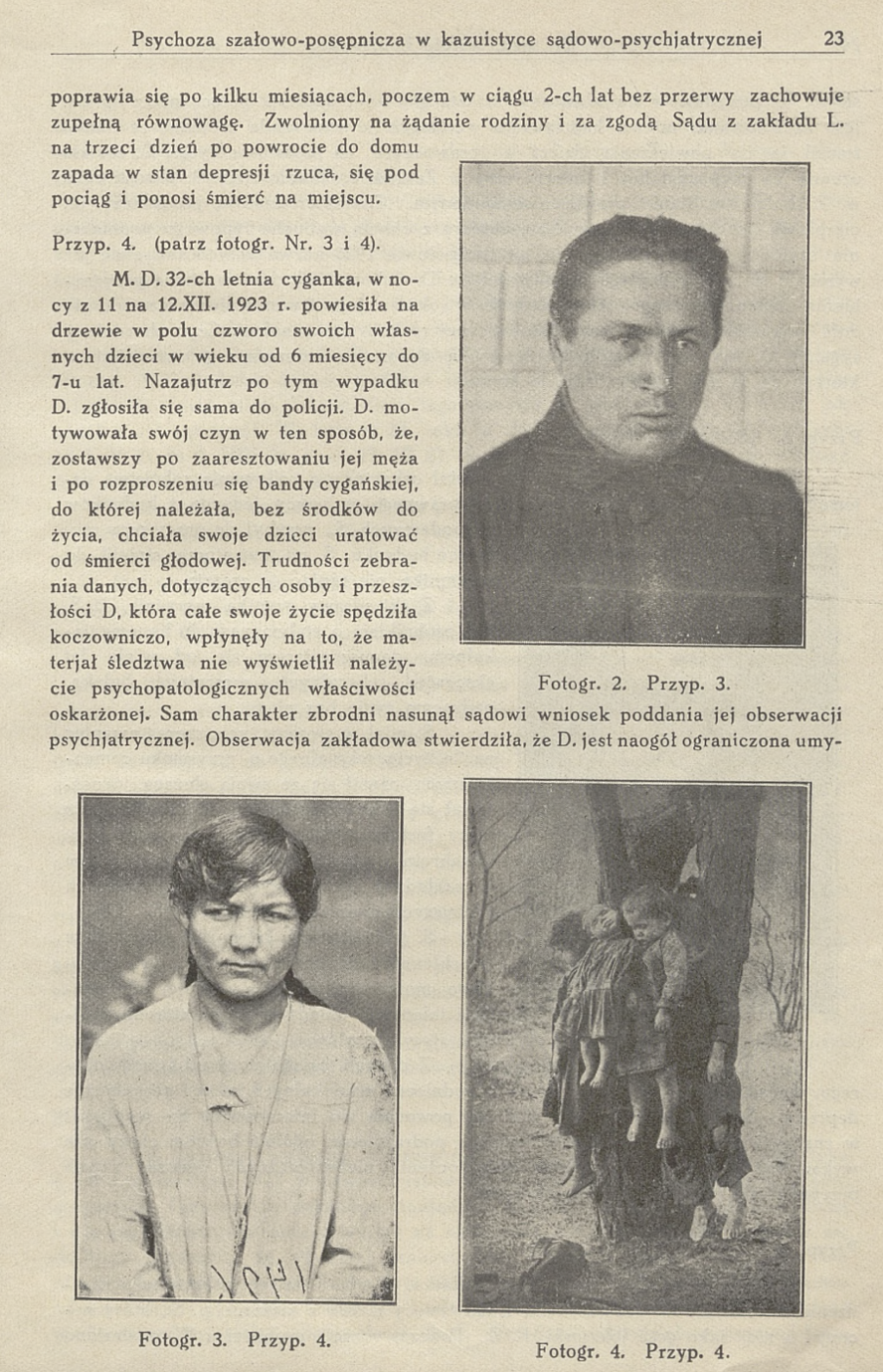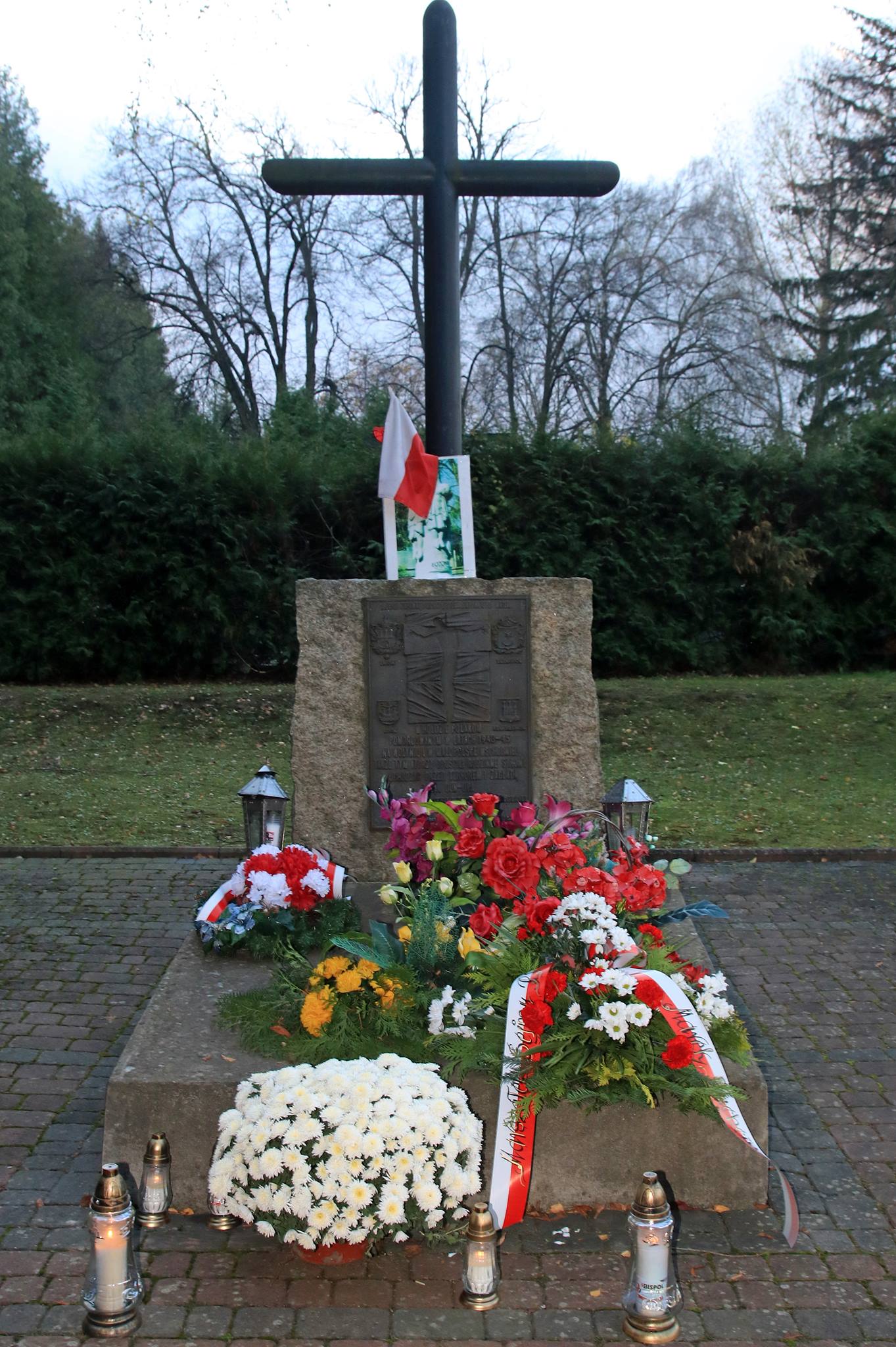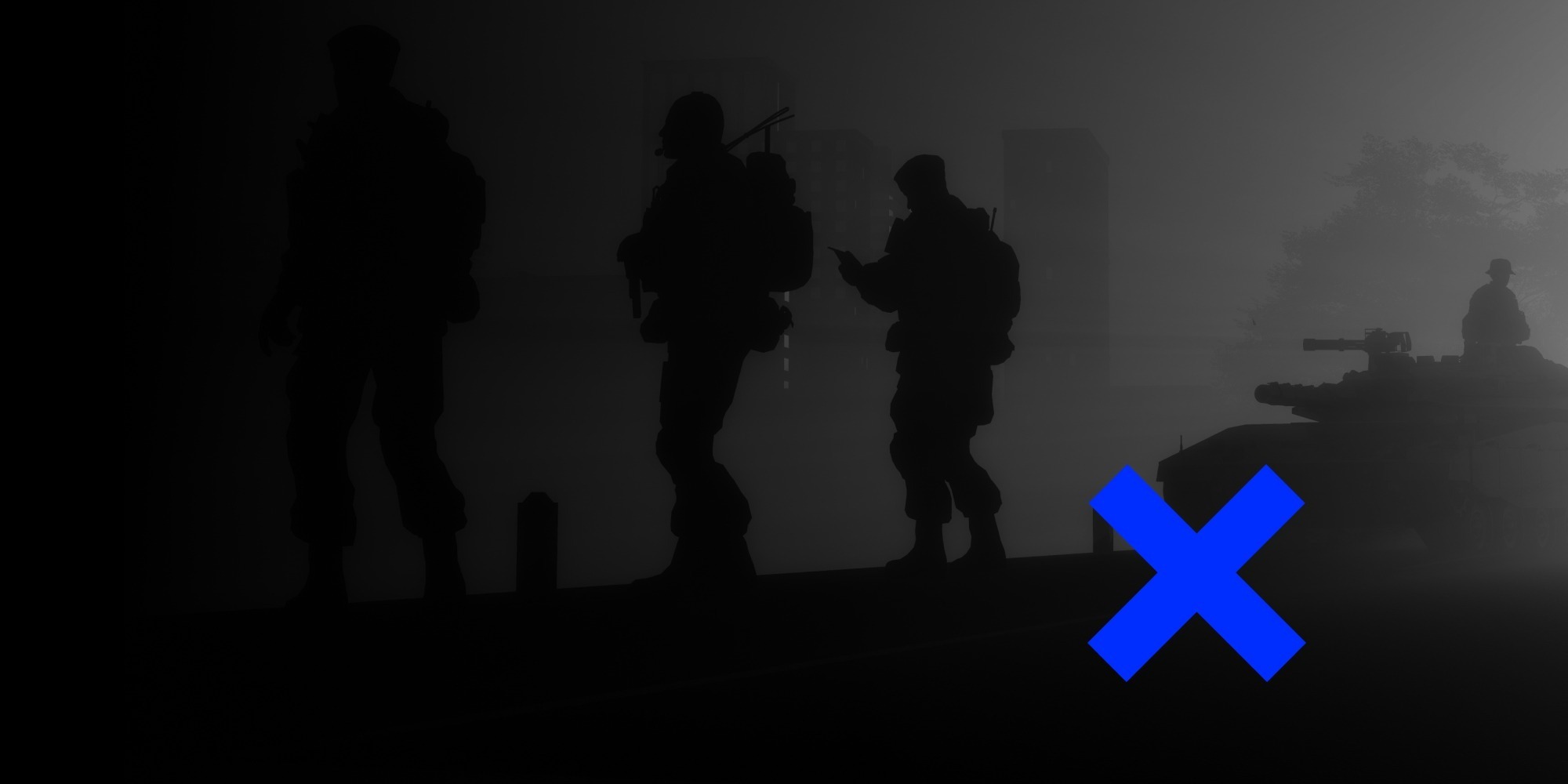Verification within Meta’s Third-Party Fact-Checking Program
Warning! This publication contains scenes of violence or cruelty that may shock users.
Information is being spread online about a monument to children allegedly tortured by Ukrainian Insurgent Army (UPA) soldiers in Poland. It is claimed that it is real and was created based on an authentic photograph “depicting Banderites executing children”.
This is false. The photograph was taken in 1923, long before the creation of the Ukrainian Insurgent Army. The children were killed by their mother, Marianna Dolińska. The monument was erected in 2003, and after scandals around the real story of the photo, the relief with the children was dismantled in 2008. 
Screenshot of the post
The real story of the photograph
This is a photo from the case of Polish Romani woman Marianna Dolińska, who, in December 1923, in the Radom area, hanged her four children on a tree. Dolińska explained her act by desperation and a desire to save the children from starvation, as shortly before that, her husband, who provided for the whole family, had been arrested. Later, the woman was diagnosed with bipolar disorder and declared not criminally responsible. In a comment to the newspaper “Wyborcza” in 2007, Bartosz Łoza, then director of the psychiatric hospital in Tworki where Dolińska spent the rest of her life after the killing, said: “The research has conclusively shown that at that tragic moment Dolińska, being in a deep depressive state, believed in her imagination that hanging the children was the best solution.”
Polish researcher Sara Herczyńska noted in 2019 that the crime scene was most likely photographed by a police officer from Radom, although it is unknown who specifically took the photograph. She also pointed out that police files from Dolińska’s case could not be found in any of the State Archive collections in Radom.
Who first published the photograph?
The picture was first published after the woman’s death in 1928 by Polish psychiatrist and Dolińska’s doctor Witold Łuniewski. It appeared in the article “Manic-melancholic psychosis in forensic-psychiatric casuistry” (the old name for bipolar disorder — ed.) for the scientific journal “Psychiatric Annals” (“Rocznik Psychjatryczny”). At that time, Łuniewski wrote: “The terrible depiction of this crime was photographed by the investigative department and is in our possession.”

Screenshot of Łuniewski’s article in the journal “Rocznik Psychjatryczny”, 1928
Who attributed the crime to Ukrainian Insurgent Army (UPA) fighters?
The earliest mention of the photograph in this context dates back to 1993 in the Wrocław periodical “Na Rubieży”. The image was captioned: “Polish children tortured and killed by a UPA unit near the village of Kozowa in the Ternopil Voivodeship.”
“Na Rubieży” is a publication of the Society for the Remembrance of Victims of Crimes of Ukrainian Nationalists in Wrocław. In 2010, the Society, together with the organization “Russian-speaking Ukraine”, headed by former Party of Regions member Vadym Kolesnichenko, organized a national exhibition “The Volyn Massacre: Polish and Jewish victims of OUN-UPA.” Scholars at the time criticized the reliability of the information presented at the exhibition due to the lack of references to archival documents. The Society was also criticized for the unjustified inflation of the data on the number of Poles killed.
In 2003, Polish economist and public figure Aleksander Korman, author of several publications on the Polish-Ukrainian conflict during World War II, also published the photograph of the children in the book “The attitude of UPA toward Poles in the southeastern lands of the Second Polish Republic.” Later, it was precisely this work by Korman that contributed to the significant dissemination and cementing of this photograph as an illustration of the Volyn tragedy. Polish historian Eugeniusz Misiło also criticized Korman at the time for circulating unverified data about the number of victims of the Volyn tragedy.
There really was a monument. But there are nuances
In 2003, in Przemyśl, a monument “to the victims of OUN-UPA” illustrated in the post was indeed unveiled. However, in 2008, the relief with the children was dismantled after the publication of an article by Ada Rutkowska and Dariusz Stola, which indicated that the photograph with the children dates back to 1923 and cannot be connected with the UPA. 
A photo of the monument after the relief with the children was dismantled. Source: Marek Kuchciński
It was precisely the photograph published by Korman that served as the direct model for another monument project in 2007, authored by Polish sculptor Marian Konieczny. At that time, more than one hundred public figures, including former Prime Minister of Poland Tadeusz Mazowiecki and Polish film director Andrzej Wajda, signed a letter of protest against the installation of the monument, which they sent to the Warsaw City Council (the place where the monument was to be installed — ed.). The letter said: “This monument certainly does not serve reconciliation.” Nevertheless, in April 2007, the City Council rejected the proposal to install it due to the scandals mentioned.
Then psychiatrist Bartosz Łoza ironically commented on this incident: “If it is built, it will probably be the first monument in history dedicated to honoring depression — the most common problem of modern medicine.”
Attention
The authors do not work for, consult to, own shares in or receive funding from any company or organization that would benefit from this article, and have no relevant affiliations


